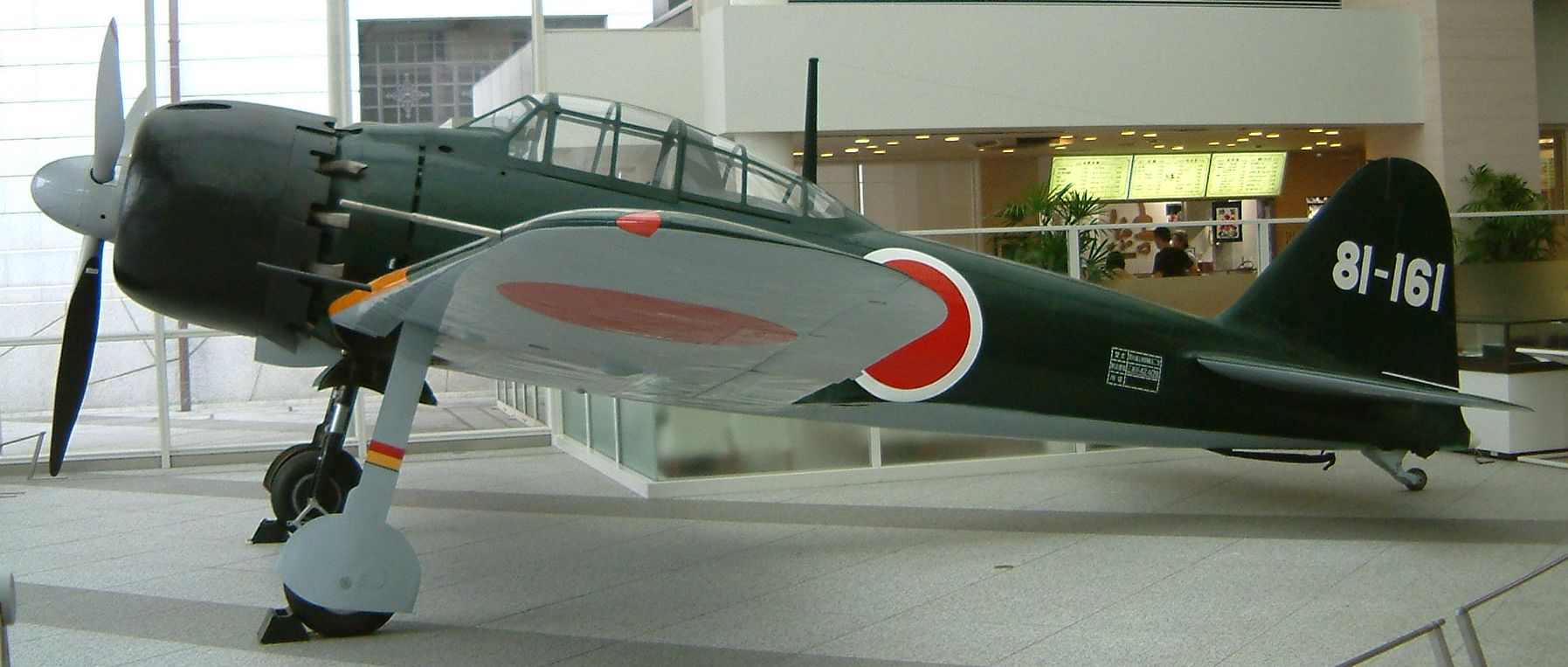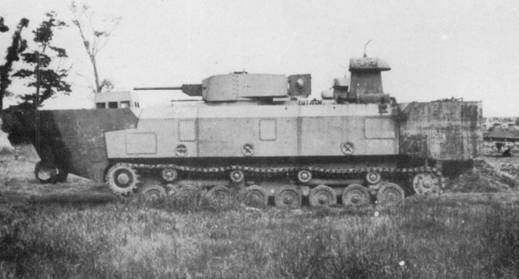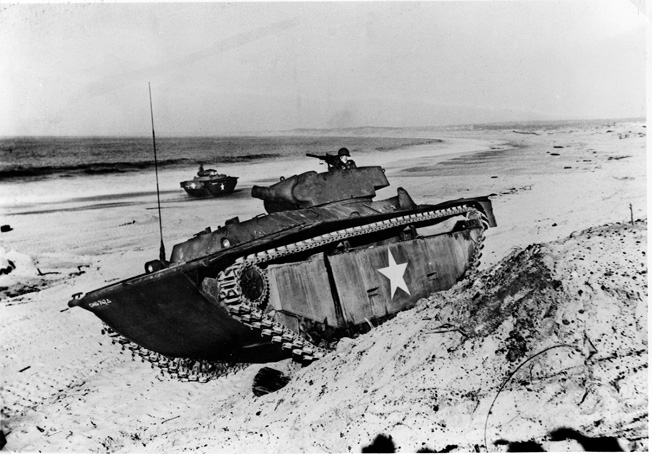Japan was simply one of the nations that never saw the need for tanks. And looking at who they were fighting and where, that makes sense.
Either it was against a very poorly armed and equipped Chinese Army where even their poor tanks were far superior to the Chinese Tanks (a joke, China had almost no tanks). Or on the islands in the Pacific where they was really no real use for tanks in the first place. Hence, in later battles the tanks were most often buried in the sand and made into pillboxes.
When you are fighting over an island that has rough terrain and very few large flat areas, what use is a tank? Japan knew this, so never wasted the time and resources to improve them. They could have had 100 Tiger II tanks at Okinawa or Iwo Jima, it would have made absolutely no impact on those battles.
However, interestingly there is one area they were the best at. And that was in amphibious tanks. The Type 2 Ka-mi and Type 3 Ka-Chi were both excellent designs, far better than anything any other country produced at the time.
One aspect of the Type 3 never really used was that it could even be deployed and recovered by submarines at sea. All in all, vastly superior to the closest the US ever deployed (and worked), the LVT.
Or the "DD Tank", used at Normandy.
Of course, we know how well those worked at Omaha. 27 of the first 29 of them sank before they even reached the beach. Of the eight launched as part of Operation Dragoon, only six made it to shore.
YOu see, this is the problem with trying to prove such silly claims, they all fail when looked at logically and with actual knowledge of the equipment. Not just making generic statements with nothing to back it up.






